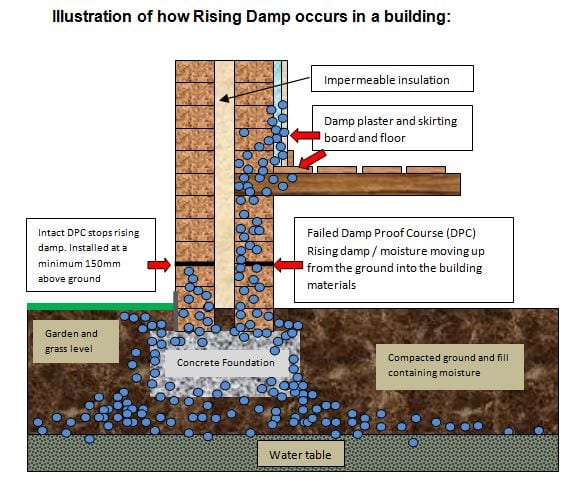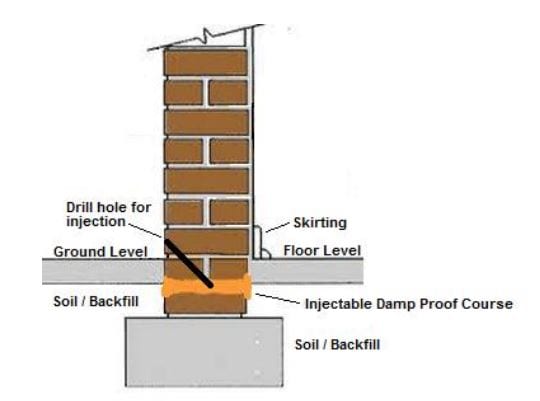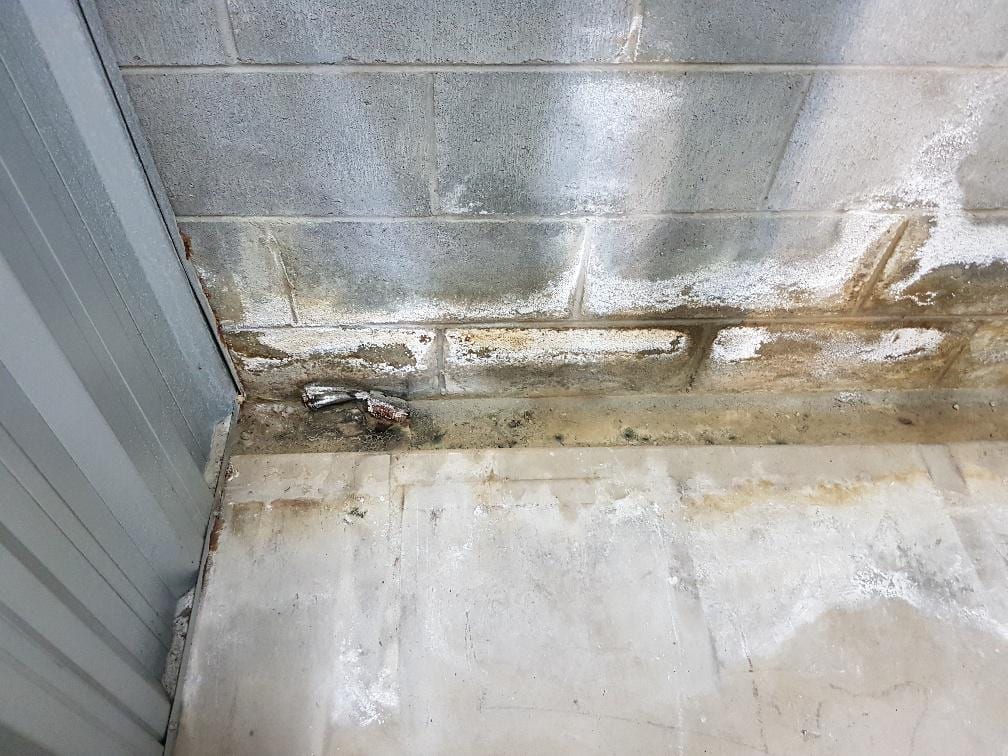Rising Damp Treatment
Rising Damp is one of the many types of water ingress issues our clients face. The issue with rising damp is that it often goes on inside walls, undetected for a long time, slowly damaging the structure of buildings. Early visible signs of rising damp may be subtle enough not to raise the alarm of the property owner until the extent of the problem is clearly evidenced by deteriorating stumps, footings and building bricks.
Rising Damp is a phenomenon where moisture from the ground is sucked upwards while being absorbed into a wall, resulting in moisture appearing to rise from the ground. Even seemingly waterproof areas can battle moisture issues as water collects in walls through rising damp.
Rising damp problems often occur because a Damp-Proof Course (DPC) has not been installed or that the DPC is faulty due to age or incorrect installation as shown in our illustration.





